Looking For the Best Yoga Mat For Your Practice? Consider These 8 Qualities to Help You Find It!

Your yoga mat will be your faithful companion on your yoga journey, so you must choose wisely. You may be wondering how exactly to choose the best yoga mat for your practice and lifestyle, especially since there are so many to choose from. We’re here to help you out with that!
Some yoga studios provide mats for you, but let’s be honest: you don’t want other people’s sweat on you, right? Not to mention, yoga mats can get pretty darn gross. So, having your own mat is essential. This article will walk you through eight things to consider when you choose your yoga mat.
Watch our video review of Our 10 Favorite Yoga Mats On the Market below.
Here Are 8 Things to Consider When Choosing the Best Yoga Mat For Your Practice
These eight essential tips that will help you choose a yoga mat.
1. Consider the Thickness
A standard yoga mat is usually ⅛ inch thick, and that works for most people.
If you’re slim and bony, however, the ⅛-inch mat may be too thin for you. When you’re in Floor Bow Pose (Dhanurasana), for example, your hip bones may hurt as they press into the earth. In this case, you’ll need a thicker mat, such as the ¼ inch thick.
The advice is similar if you have sensitive joints. You know, when you’re in certain poses and you’re doing your very best to focus on the breathing, but the pressure on your ankles, knees, or elbows is unbearable. Get the ¼ inch mat. It’s thicker, so it will provide more support for your joints.
Keep in mind, though, that a thicker mat will make it hard for you to find balance in standing postures, like Tree Pose. Plus, the added cushion will make the mat bulkier and harder to carry around. So if you don’t have any trouble with your joints, and you feel comfortable enough sitting on a standard yoga mat, then there’s no need to go thicker.
2. Consider the Texture
Smooth mats can be really great if you choose right. Some of them give you that “sticky” feel, and that’s important to create traction and keep you from sliding around. If you really want a smooth mat, it has to be a good one! Otherwise, it will become slippery and potentially dangerous.
Smooth mats with great traction are good for Vinyasa and Ashtanga yoga requiring more powerful movement. It’s important to avoid completely smooth PVC mats, since they are simply too slippery. I recommend the natural rubber mats. Especially if you’re sweating a lot during practice, a smoother mat made of natural rubber won’t absorb sweat like a textured mat.
Mats that have textured pattern naturally provide grip, and therefore they are less slippery. You may opt for a cotton or jute yoga mat, but there are also rubber mats that come with nice texture. These mats are great for more gentle types of yoga.
3. Where Will You Practice?
The place where you’re doing yoga matters. If you practice at home, you don’t need worry about transporting a heavier mat. If you’re a beginner and practice Hatha or Yin yoga, in particular, you should definitely go for a thicker, bulkier mat because it will be more comfortable for you.
If you practice at a studio, however, you’ll definitely need a more lightweight mat. It should be light enough for you to carry around, and it should be long enough for your body in Savasana. Speaking of which . . .
4. Make Sure It’s Long Enough
Your mat should be long enough for your entire body when you lie down in Savasana. If your legs are longer than the mat, the difference in temperature might make it difficult for you to relax. Standard yoga mats are about 68 inches long. If you’re taller, make sure to get an extra long yoga mat.
Extra wide mats are also available, so keep that mind if you need more space.
5. What Type of Yoga Are You Practicing?
If you’re practicing Hatha yoga or Yin yoga, you’ll be okay with a more standard mat – it doesn’t have to be of highest quality. You’re not necessarily getting sweaty with these styles of yoga, so the traction an average mat provides will be just fine.
If you practice Ashtanga, Vinyasa, or Hot Yoga, then you’ll need to invest in a mat that will absorb your sweat and will provide super-strong traction. You can also look into adding a textured yoga towel on top of your mat.
6. Pay Attention to the Material
Most yoga mats, especially the inexpensive ones, are made of PVC, which is not the most eco-friendly option. PVC is not biodegradable, which means the mat might last a bit longer, but it’s not environmentally friendly. You might consider jute, recycled or natural rubber, or even organic cotton when looking into the materials of your new mat.
Make sure that toxic glues were not used in the production process. You don’t want any nasty metals, such as cadmium or lead in your mat. Yoga mat brands disclose these details, so check everything before you buy.
Note that you’ll want to avoid natural-rubber mats if you’re allergic to latex. Go for a different natural material, such as jute or cotton.
7. What’s Your Budget?
You could get a $10 mat on Amazon, but you may also invest over $100 in a high-quality yoga mat from a popular brand. Let’s be honest here: sometimes you are paying for the brand, but you’re also paying for quality.
Some of the most popular brands include Manduka, Liforme, and Jade. They are all more expensive than an average yoga mat, but they also provide more value for your money.
The question is: are you willing to invest that much money right from the beginning? Don’t feel obliged to buy an expensive mat just because everyone else has one.
8. Consider Your Style
If it can be pretty, why not? There are so many yoga mat options, so you can easily find your favorite color or print.
Believe it or not, your yoga mat can inspire you to practice more. You’ll look at it and it will remind you of your commitment. From the moment you unroll the mat and stand on it, you’ll be in a different, more focused mindset. That’s why the mat matters!
Happy Practicing!
Jane Roberts, a content writer at Superior Papers, shares her experience choosing her first yoga mat: “I was so enthusiastic to chose the top-quality, longest, and thickest mat. However, it didn’t take long before I bought another one since it was too heavy for me to carry around.”
The moral of the story? There are plenty of things to consider when choosing your new yoga mat, but these eight considerations are a fantastic place to start. Knowing your personal practice and your specific needs will direct you to your perfect yoga mat.
Happy practicing!


This Month's Letter
From the Editor
Monthly motivation and food for
thought from our founder.

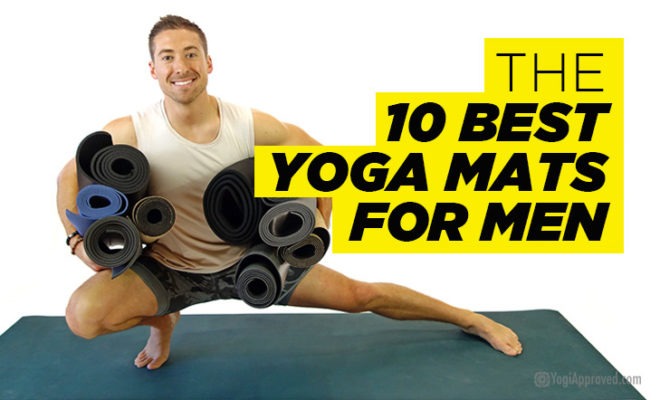
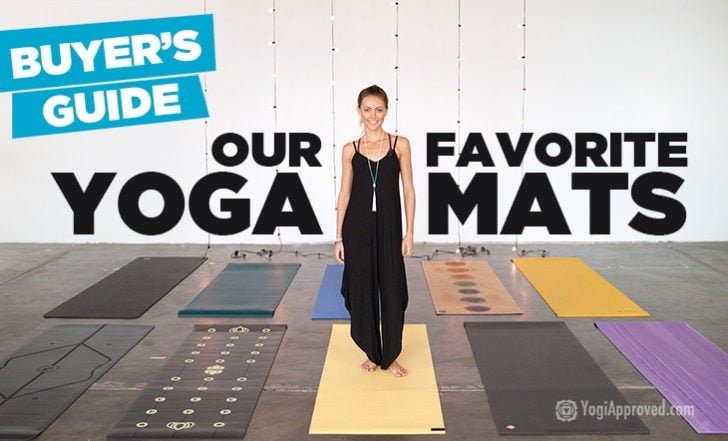
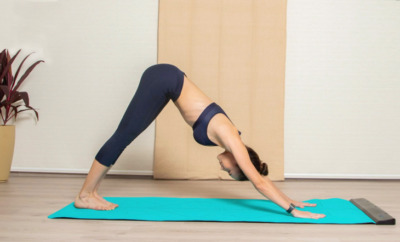

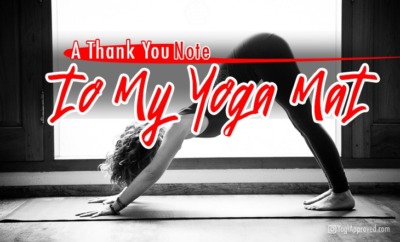

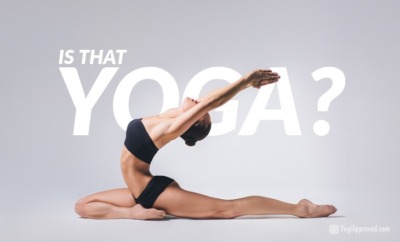





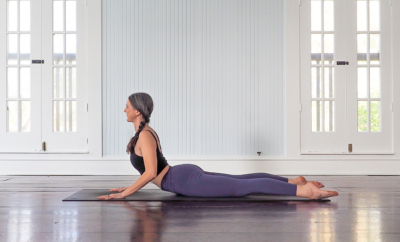




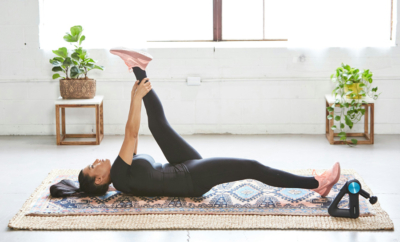











Comments